I've been involved in creative collaborations for decades. These include modern dance and poetry, fiber arts and poetry, co-designing and facilitating writing workshops, co-managing a division of a university press, directing and producing plays, and being a member of writing groups. I've also served on committees and boards of directors, which can be opportunities for collaboration, if the desire and willingness are there. Most of these collaborations I consider successes, despite the inevitable human failings and I have learned from every one.
My current collaborative project and the biggest production I have undertaken is Illuminated Dresses, which is written, directed, produced, and acted by women. There are fourteen short monologues on the theme of a transformation while putting on a dress or other garment, and collectively they explore life, clothing, and identity. It opens Oct. 25, 2019, in Raleigh, N.C. https://m.facebook.com/Illuminated-Dresses-294778108065059
I call creative collaboration a radical act because when we collaborate with open minds, we are upsetting the patriarchal paradigm of hierarchical decision making, the boss-man and the workers. My most successful collaborations have been with women. I have found women more willing to take personal/emotional risks, listen closely to others, question our own egos and motives, and not insist on our p.o.v. above all others.
Certainly women can fall into the same ego traps as men. We still don't have an abundance of models for positive female leadership. We might bend over backwards to accommodate, be more conflict-averse, tone-check or moderate our comments, or, conversely, employ the tactics of what the poet Adrienne Rich called “power over” to prove our place at the table. When we collaborate, we are going against the culturally entrenched model, where the one with the most power or who talks the most or loudest directs the actions of others. Most women are familiar with the labels: assertive, you are a bitch; insistent, you are shrill; contemplative, you can be walked over.
The patriarchal structure also tends to favor extroverts. The faster-paced our world, the more expedient the work. No time to ponder, get to it. Collaboration is the opposite of that. It often is more like slow cooking than stir fry, but that does not mean that we are endlessly processing, wheel-spinning—the stereotype used to denigrate a more thoughtful approach. Too much wheel-spinning usually is due to losing sight of the vision, poor communication, difficult personalities, or lack of stepping up. Collaboration may take more time but the end result is more fulfilling because those involved feel listened to, respected, and are an integral part of the overall vision, rather than being “assigned” a task or staying silent.
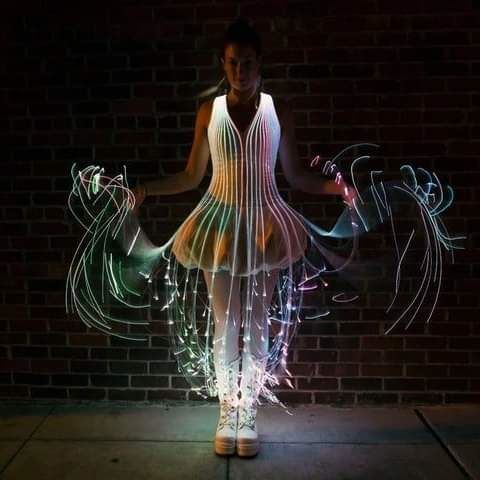
Major ingredients in a successful collaboration are 1) a clear and compelling vision, 2) good communication, 3) personal integrity in word and deed, and creating a safe space.
1. Vision. The project has a clear vision/mission. Are you all creating a vision together or does one person have a vision who is enlisting help in shaping it and making it a reality? Everyone involved should buy into that vision, and collectively stay focused as it lives and breathes and morphs with one another’s input.
2. Clear and prompt communication. Know who is in charge of what. Assume best intentions rather than ill intent. Set aside your ego. Say what you think but don't be entrenched; allow yourself to be challenged, surprised. Listen closely. Respect and give space for personalities—an introvert and an extrovert process differently at a different rate. Follow through on what you agreed to do, and communicate accordingly. Have good boundaries. Be flexible—shit happens. Someone's family member will get ill or die, someone will go through a divorce, etc., but don’t go silent.
3. Personal integrity. These qualities work well: Generosity. Curiosity rather than reaction. Mindfulness. Do not coerce, even if you really want something done a certain way. Breathe, take five. Forgiveness. If someone is not holding up her commitment, find out why and see if she wants or needs to continue to be part of the project. Curb the storytelling in a work session, save it for drinks afterward.
This is a good time to talk about council, as described in The Way of Council by Jack Zimmerman and Gigi Coyle. It is an ancient process that allows everyone to have a voice and be listened to, which encourages creative thinking and problem solving. In the council process, the opportunity to speak is given one at a time to all. Members speak only when it is their turn and are encouraged to listen intently without comment while others are speaking. Any member can keep silent or pass when their turn comes. A facilitator is charged with maintaining the boundaries of the circle to protect the process.
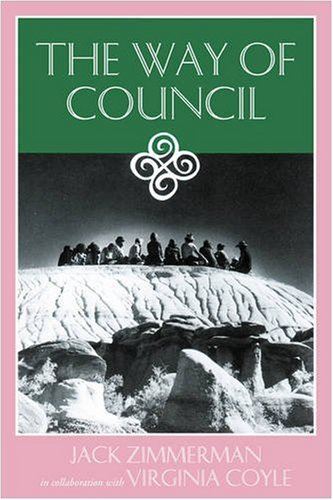
Council uses four simple intentions:
1. Speak from the heart, not only with your head. Use your feelings as honestly as you can trust in the moment.
2. Listen from the heart, with an open mind, without judgment.
3. When it is your turn, speak spontaneously rather than planning ahead what you are going to say. This allows you to truly listen to others, not be distracted by your own thoughts.
4. Be lean of speech. Use only the words necessary to get your point across.
It sounds simple, but how often are council guidelines used, even in a modified way? More often we talk impatiently, strive to get our opinion across (sometimes insistently), talk over one another—or, if we are introverts, stay silent, waiting for an opening. Although council has been around for centuries, it is still radical in that it subverts the dominant paradigm.
Just as a successful play is 95% good casting, a successful collaboration is 95% good partners. You want people who want to be there and who will do what is agreed upon. Some personalities are exciting and creative but hard to work with in a sustained way. Know your own temperament. Ask people you trust for recommendations. It is hard enough to get a project off the ground with good intentions and good chemistry; you do not need any toxic personalities or flakes that can derail the work.
This is not to say throw away the organizational chart, that there is no hierarchy. One of the good things about producing a play is having clear roles that have been understood historically. Playwright, producer, director, stage manager, lighting designer, actors, publicist. Even so, personality issues can blur or trammel boundaries and make the project a real pain (e.g., a playwright interfering with a director, an actor who is chronically late, a publicist who does not communicate in a timely way). Each of these roles is a piece of the whole and moves the project forward. Good collaboration is a kind of dance—know who is leading whom and when, know whether it is a pas de deux, a square dance, or an improvisational free-form movement.
So, now, to the Illuminated Dresses. I’ve long been disturbed by the lack of productions by women in the theater. Only about 30% of productions in the US and the UK are by women. Besides writing plays that are predominately women-centered and working with other women playwrights, I wanted to do my small part in remedying this. When the Women’s Theatre Festival (WTF) came into being a few years ago, I wanted to be part of it. I contributed some plays to their summer festivals. Around that same time I saw a graphic by Tim Walker of dresses hanging in a tree, and I thought immediately that it would be a terrific theater set. It had magic in it. Yet I couldn’t decide what exactly the play would be. Three playwright friends and I tried to cowrite a play that sprang from this image but we couldn’t make it work.
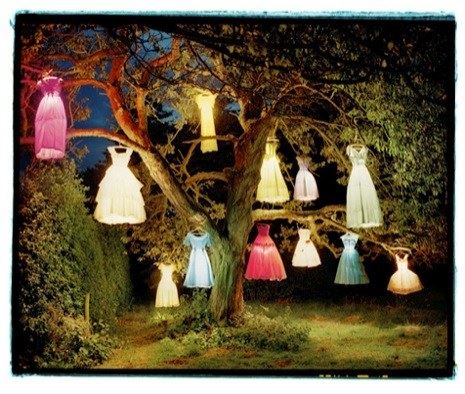
https://www.newyorker.com/culture/photo-booth/frames-from-fiction-tim-walkers-fantasies
After spinning out various scenarios, I decided that rather than writing a full-length play, I would see if other women playwrights were interested in doing short pieces on a dress-related theme. Because I see theater as an opportunity for community building and collaboration, and because I wanted diverse voices represented, I asked playwrights I know and also put out a call for monologues on social media to reach others: It read: “We are seeking monologues about a transformation while putting on (or taking off) a dress. (“Dress” can be a uniform, costume, smock, etc.) This experience could be connected to a ritual, magic, an awakening, an everyday epiphany. A few questions to consider: Why this dress? Why now? What does the person want to do in or to the dress? Are there regrets? Expectations? What doors might open or close?”
But before doing the call, I needed to have a goal as to what would happen with the pieces—otherwise, why would anyone submit to me? I contacted the Women's Theatre Festival to see about doing a staged reading as part of the summer festival, and they were enthusiastic. I sent out the call, mostly through social media, seeking out groups such as LGBTQ Writers, the National Association of Black Storytellers, writers with disabilities, veterans, writers meet-ups, etc. (I didn’t know about ICWP then, regrettably!) I received over seventy submissions, and I was pleased with the variety of voices and situations. I had the challenging task of choosing fourteen.
We hear from an executive constrained in a suit, a black woman surrounded by white dresses, a Girl Scout whose family couldn't afford the uniform, a trans woman recalling a pivotal moment in her youth, a mother persuading her daughter to wear a sacred garment, a waitress instructing a newbie, and many more. The characters range in class, age, ethnicity, and gender identity, and the pieces explore various moods and experiences.
Next was to find a director for the staged reading. My first choice was Lori Mahl. I'd been in a group with her and admired her insights and fearlessness as an actor and director. We talked and emailed back and forth to get clear on our expectations of one another. Not just our producer/director roles, but the role of the playwrights, many of whom would attend the reading.
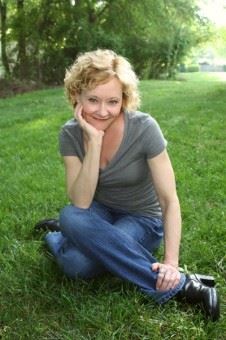
https://burningcoal.org/the-ideal-speaker/lori-mahl-2/
Because the main purpose of doing these monologues for the first time was to benefit the playwrights, Lori had the idea of doing the monologues in a process-oriented way rather than a straight-ahead staged reading. That is, the first several monologues would be read as if she were directing a first rehearsal. That meant stopping the actress at times, inquiring as to what was happening in the moment, what her motivation was, etc. (The rest of the monologues were read as a staged reading.) In rehearsal the actresses all had agreed enthusiastically to this approach, which meant they would be extremely vulnerable. The audience were to be silent observers, flies on the wall. It was a charged, honest presentation, which the audience felt part of, due to its intimacy. It felt like we all were holding sacred space. The playwrights saw new things in their scripts or noted where they’d like to make changes based on the acting and directing.
So regarding my list of what makes a successful collaboration, this hit all the notes.
We are now in full production mode—we open October 25, 2019—with even more collaboration needed among members of the creative team. Again, everyone understanding the vision and adding her own expertise to it and communicating effectively is crucial to the play’s success. I recognized that as producer I would need excellent partners, so in addition to the creative team, I reached out to OdysseyStage to help with marketing, fundraising, and other related tasks.
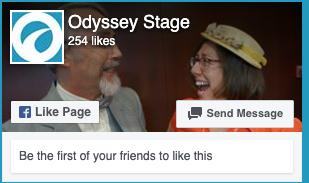
Collaboration, with all its challenges, can be rewarding and even illuminating. I do believe to collaborate is to work together in a radical way to create something new, and that it is greater than the sum of its parts. Diverse voices, new ideas, challenging interactions, a project bigger than one’s own perspective, a rich and multi-layered vision, a way to be with others in a shared purpose. It is a useful practice to challenge our own assumptions and open ourselves to other ideas of race, gender, age, class, not just for artistic projects, but in our everyday exchanges, enriching our work, family, and play lives.
Illuminated Dresses runs from Oct. 25 through Nov. 3, 2019, at Burning Coal Theater in Raleigh, NC. See https://m.facebook.com/Illuminated-Dresses-294778108065059 for more information.
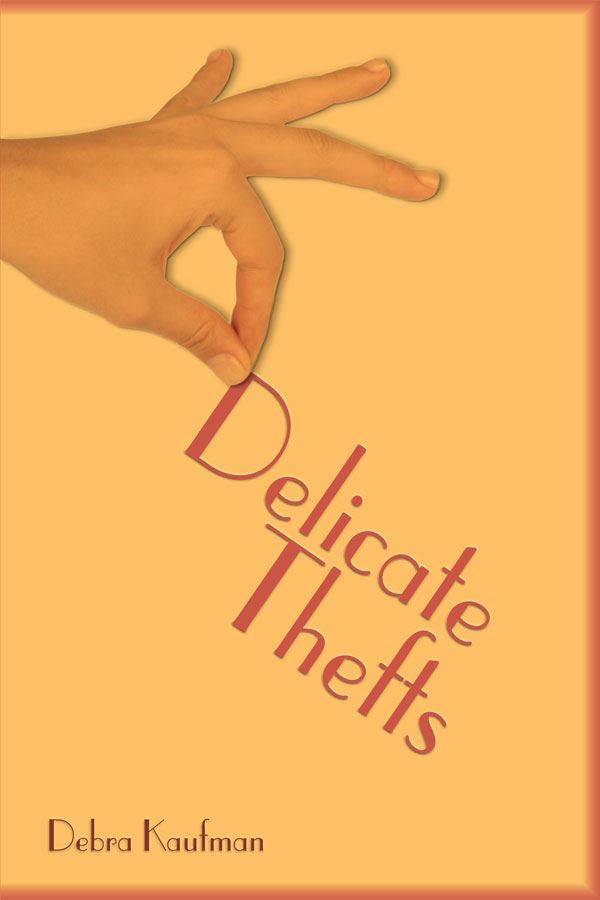
Poet and playwright Debra Kaufman has written over three dozen short and four full-length plays. She produced her play Harbor Hope in 2015 and is producing Illuminated Dresses, a collaborative monologues project, in the fall of 2019. The author of three full-length poetry collections and three chapbooks, she received a North Carolina Arts Council playwriting scholarship and two grants from the Central Piedmont Regional Artists Hub Program. www.debrakaufman.info
![]() at the top of the post
at the top of the post![]() at the top of the post
at the top of the post